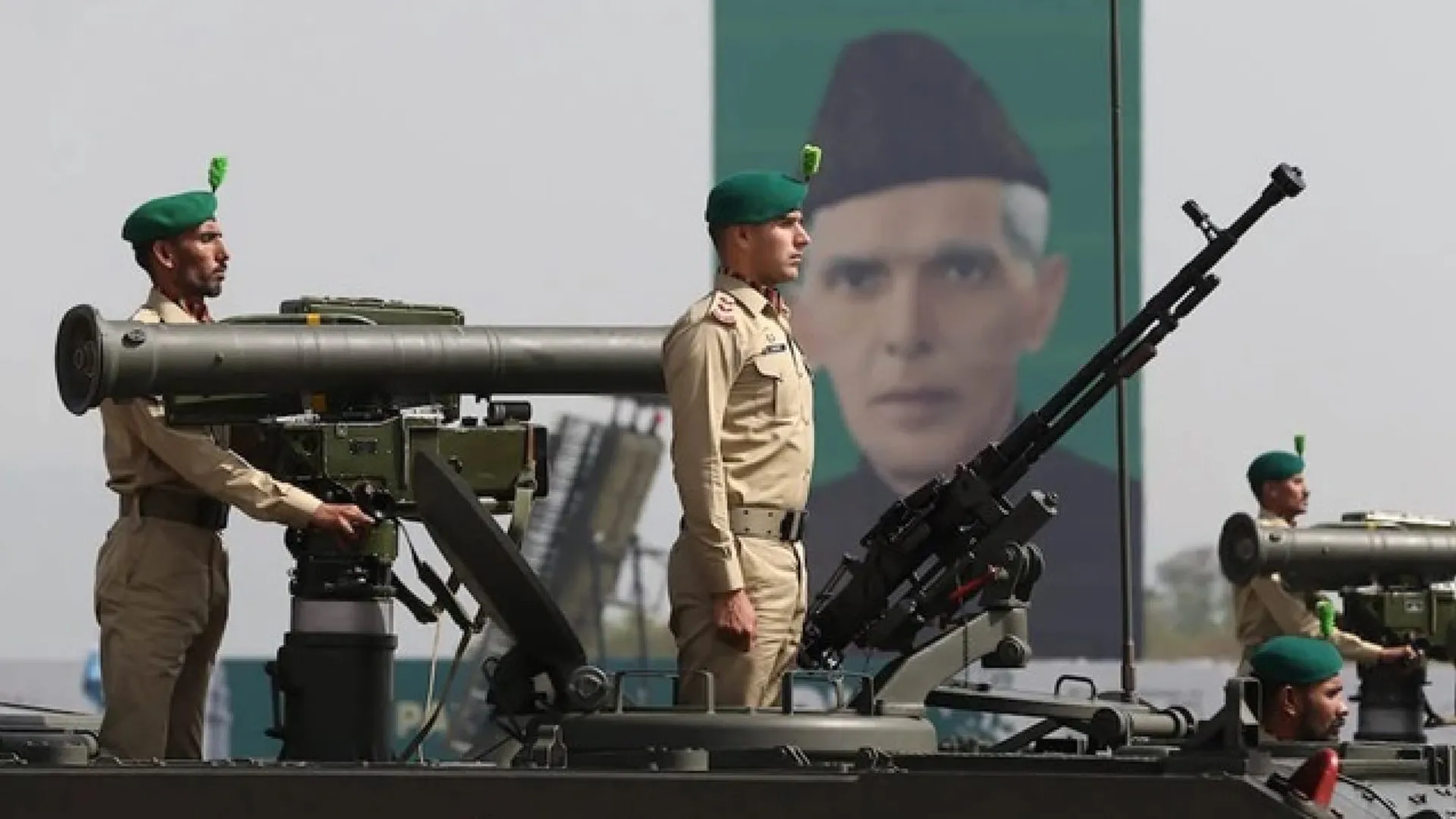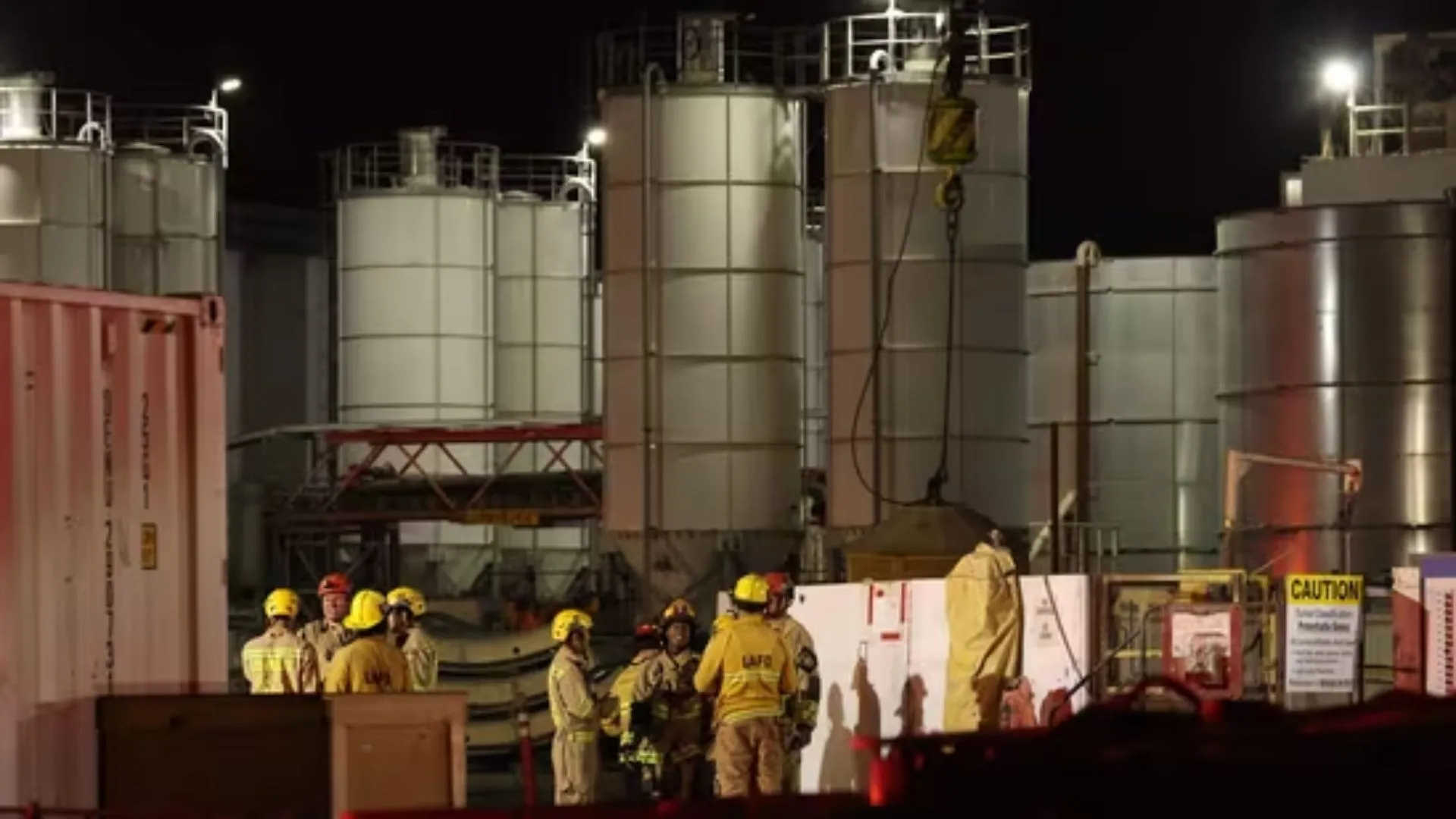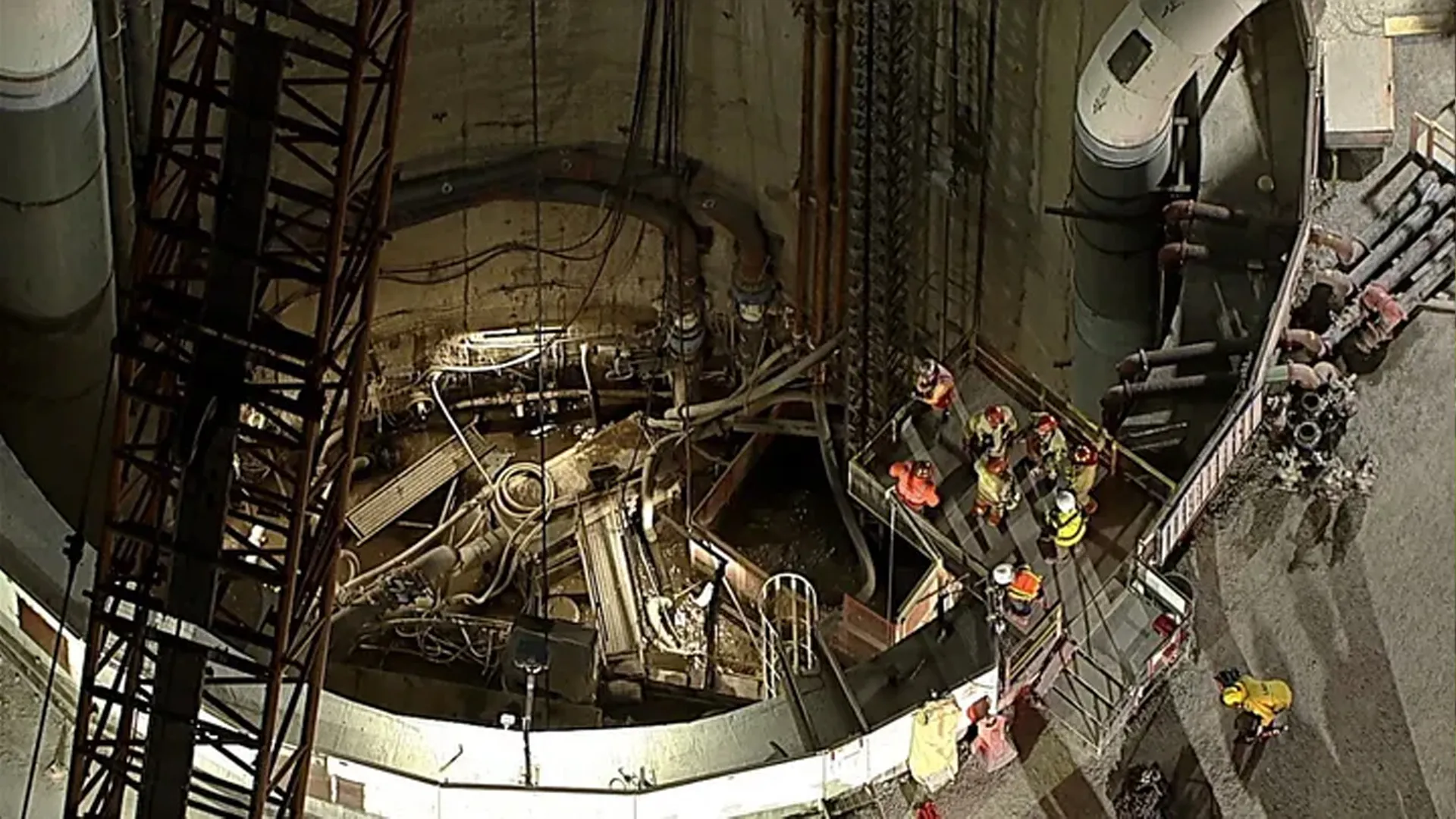India’s armed forces have raised serious concerns about China’s growing influence over Pakistan’s defence system, stating that 81% of Pakistan’s military equipment now comes from China. New Delhi has accused Beijing of employing its close friend as a “live lab” where it experiments and perfects its military technology in actual war theatres, having profound implications for the region’s security.
Lieutenant General Rahul R Singh, Deputy Chief of Army Staff (Capability Development and Sustenance), revealed the details while offering key operational insights following India’s military response to a terror attack in Jammu and Kashmir.
India’s Response to Pahalgam Attack: Operation Sindoor
Tensions between India and Pakistan grew worse after a terror attack in Jammu and Kashmir’s Pahalgam on April 22 that claimed the lives of 26 individuals. India launched Operation Sindoor, a targeted military attack on nine terrorist-associated facilities in Pakistan and Pakistan-occupied Kashmir (PoK).
“There are a few takeaways from Operation Sindoor. The leadership’s strategic messaging was clear. There is no space for soaking up the pain like we did a couple of years ago,” Lt Gen Singh stated.
#WATCH | Delhi: At the event ‘New Age Military Technologies’ organised by FICCI, Deputy Chief of Army Staff (Capability Development & Sustenance), Lt Gen Rahul R Singh says, “Air defence and how it panned out during the entire operation was important… This time, our population… pic.twitter.com/uF2uXo7yJm
— ANI (@ANI) July 4, 2025
He further said, “The target planning and selection was done based on a lot of intelligence that was gathered with the use of technology as well as the use of human intelligence. So a total of 21 targets were finalised, out of which nine targets we felt would be wise to engage. The leadership made the decision to target these nine locations only on the last day or in the final hour.”
China-Pakistan Military Nexus Raises Red Flags
Lt Gen Singh described how China’s increasingly intense defence cooperation with Pakistan extends well beyond the conventional arms sales. “We had one boundary and two enemies, in fact, three. Pakistan was at the front. China was giving us all forms of help,” he said.
He disclosed, “81 per cent of the military equipment with Pakistan is Chinese. China can test its weapons against other weapons, so it’s like a live laboratory at their disposal.”
He also pointed to Turkey’s contribution towards backing Pakistan and the intelligence gain offered by Beijing. “While DGMO-level talks were ongoing, Pakistan had the real-time updates of our key vectors from China. We require a strong air defence system,” he emphasised.
Chinese Arms Sales to Pakistan: $8.2 Billion Since 2015
China has sold $8.2 billion in arms to Pakistan since 2015, as per the Stockholm International Peace Research Institute (SIPRI). From 2020 to 2024, China emerged as the world’s fourth-largest exporter of arms, with 63% of its exports destined for Pakistan, its biggest customer.
The majority of Pakistan’s fighter jets are Chinese, comprising the JF-17 Thunder, jointly developed with China, and J-10C multirole fighters. Pakistan is also reportedly to induct 40 Shenyang J-35 fifth-generation stealth fighters, joining a small number of countries that possess stealth capabilities.






















